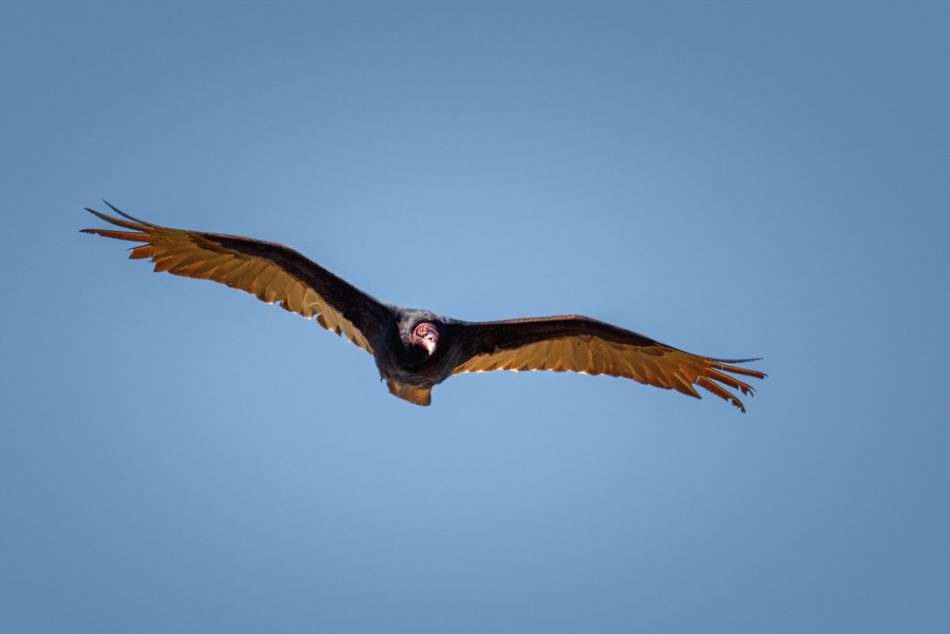Wind turbines are a great source of renewable energy, but they also pose a hazard to local bird populations. Some wind farms have started painting turbines black to prevent this, but wind company Avangrid Renewables has gone one step further and launched a condor breeding program to compensate for potential harm to these endangered species.
The company is working with federal wildlife officials and the Oregon Zoo to bolster California condor populations and counteract potential damages specifically from their Manzana wind power project, a 126-turbine wind farm in the Tehachapi mountains.
The company notes that since the farm opened in 2012, there have been zero reports of condors harmed by their operations, but when conducting environmental impact reports, they found that their operations could statistically pose a threat to two adult condors over the next 30 years. It may seem over the top to begin an entire breeding program to compensate for the potential deaths of two birds, but the California condor was driven to near extinction by hunting and habitat loss in the 1980s, and today, only 500 remain in the wild.
Avangrid Renewables is dedicating $500,000 in funding to breed six condors at the Oregon Zoo’s Jonsson Center for Wildlife Conservation. The program will take an estimated three years and is expected to get underway in the spring of 2021. Once complete, the program will release the birds into the wild to continue contributing to population growth.
An estimated 234,012 total birds were killed by land-based wind turbines last year, which is still far less than those killed by glass buildings (599 million) and cats (2.4 billion), but analyzing how renewable energy sources can be as sustainable and compatible with the natural environment as possible is the responsible course of action for finding the green energy sources of the future.











